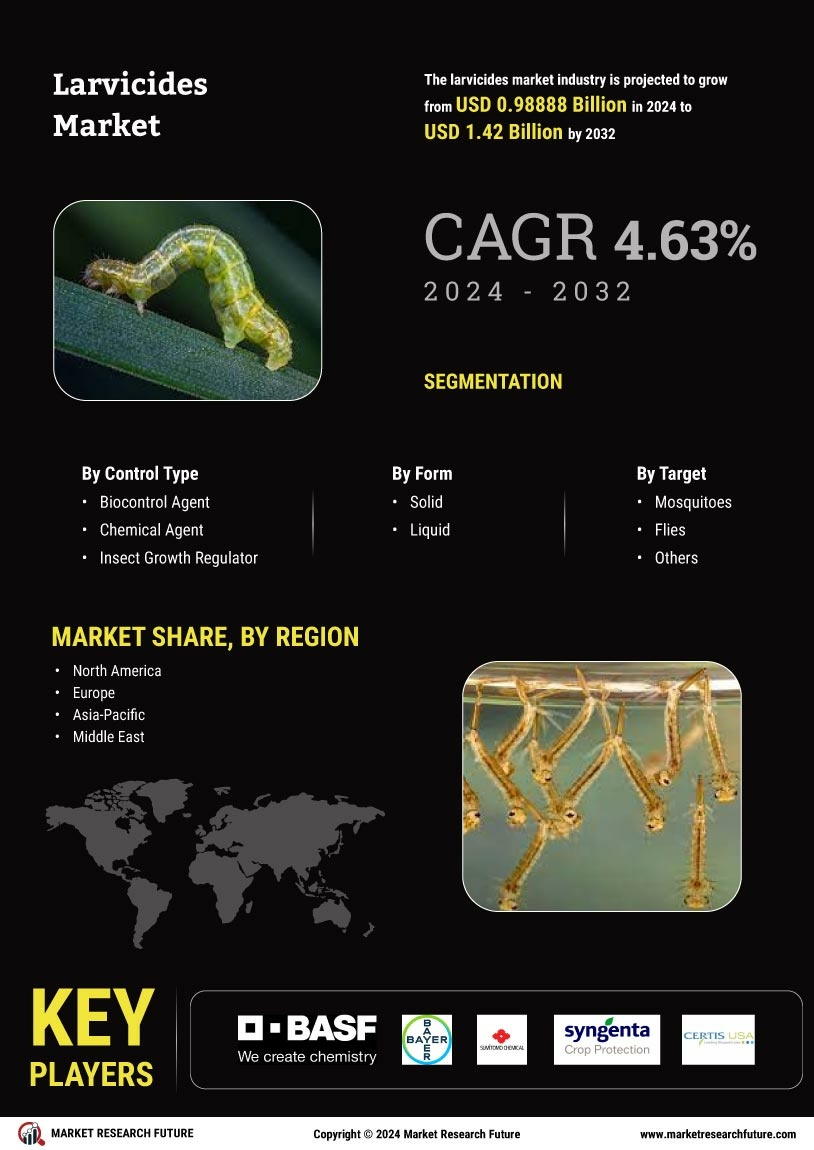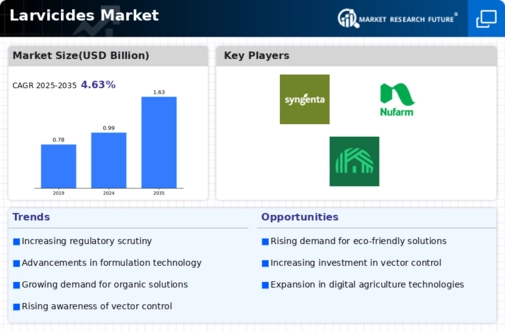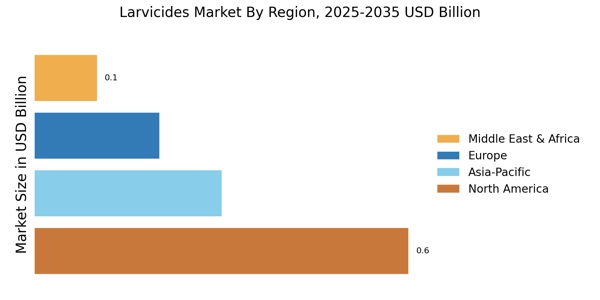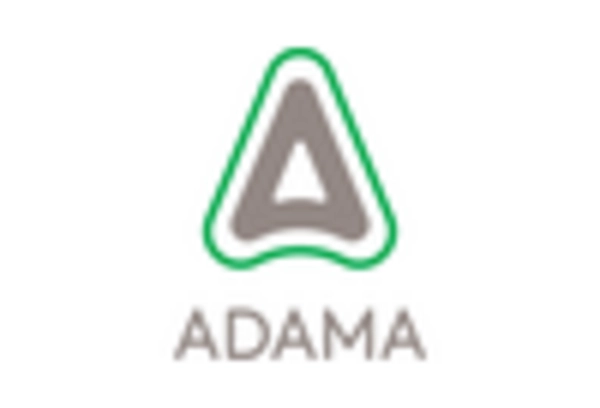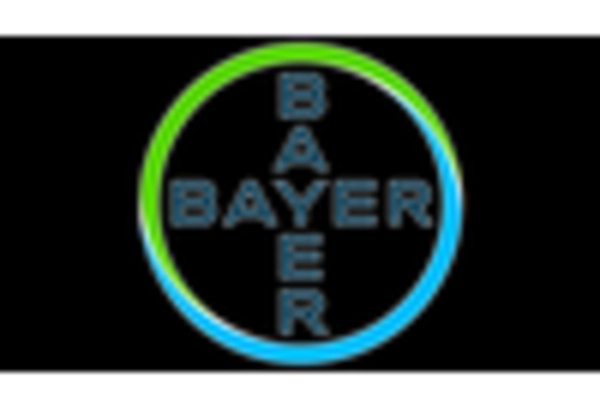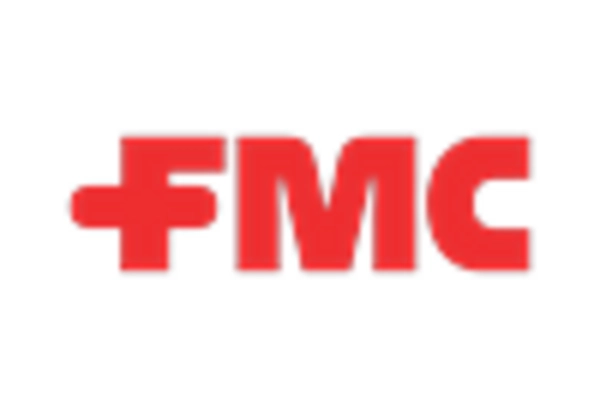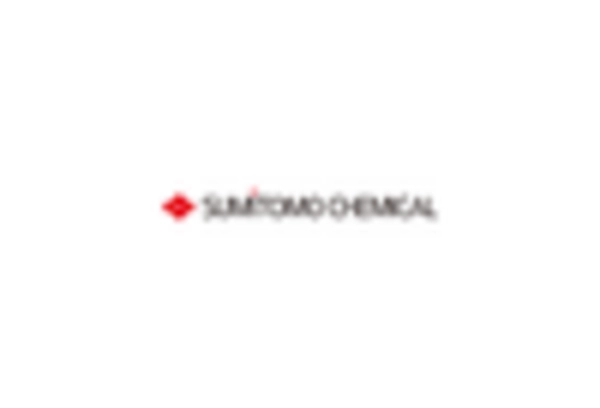Leading market players make substantial R&D investments to innovate and expand their product portfolios. These investments aim to develop more effective and efficient larvicide formulations, addressing various insect pests and disease vectors. Key market developments include new product launches and the introduction of innovative larvicide solutions with improved efficacy and safety profiles. Additionally, major companies in the larvicides industry are engaging in contractual agreements with regional distributors and partners to expand their market reach and offer localized pest control solutions tailored to specific regions.Mergers and acquisitions are also prevalent in the larvicides industry, as major players seek to augment their market share and consolidate their position. These strategic moves allow companies to access new technologies and expertise, bolstering their capabilities to cater to diverse pest management needs. In recent years, the larvicides industry has experienced significant growth, driven by increasing awareness of vector-borne diseases and the need for sustainable pest control solutions. The market has offered substantial advantages in public health by mitigating disease transmission through targeted vector control.Major players in the larvicides market, including BASF SE (Germany), Bayer AG (Germany), Sumitomo Chemical Co. Ltd (Japan), Syngenta (Switzerland), Certis USA LLC (US), ADAMA Ltd (Israel), Nufarm Limited (Australia), Central Garden & Pet Company (US), Gowan Company (US), Russell IPM Ltd (UK), Arysta LifeScience Corporation (US), and Eli Lily & Company (US), are striving to meet the growing market demand by investing in research and development operations.Nufarm Limited is a prominent agricultural chemical company headquartered in Melbourne, Australia. Nufarm specializes in developing, manufacturing, and distributing various innovative crop protection products, including herbicides, insecticides, fungicides, and plant growth regulators. These products cater to diverse crops such as cereals, oilseeds, fruits, vegetables, pastures, ornamental plants, and turf. Operating in various countries worldwide, Nufarm has established a significant international presence, with manufacturing facilities and operations strategically located in key agricultural regions across Australia, North and South America, Europe, and the Asia-Pacific.Russell IPM Ltd is a renowned British company that provides innovative pest control solutions for various industries, including agriculture, public health, and urban pest management. With over three decades of experience, the company has established itself as a leading player in developing and manufacturing environmentally friendly and sustainable pest management products. Russell IPM's core focus lies in producing effective larvicides, insecticides, and attractants that target a wide range of pest species. In 2020, Russell IPM introduced a groundbreaking larvicide formulation showcased remarkable results in controlling mosquito larvae in multiple field trials.The new larvicide formulation combines highly potent active ingredients with eco-friendly carriers, allowing for targeted and efficient application in mosquito breeding sitesRecent News :Safeway Pest Control Limited, a privately owned Bangladeshi corporation, introduced three BTI (Bacillus Thuringiensis Israelensis) insecticides in September 2023 for the management of mosquito larvicides, claiming it to be the most environmentally friendly and efficient method for preventing dengue outbreaks. Safeway Pest Control, a partner of the United States-based company Valent BioScience, characterized these three insecticides as exceptionally effective living organisms for killing mosquito larvae at a hotel event. In order to combat the dengue outbreak in the country, Safeway Pest Control Limited will collaborate with the two city corporations regarding the application of these BTI insecticides.May 2023 marked the initial approval by the Pest Management Regulatory Agency (PMRA) of the utilization of drones as an application method for three Public Health products manufactured by Valent BioSciences LLC. The larvicides VectoBac 200G, VectoBac 1200L, and VectoLex CG, which are utilized for the management of black flies and mosquitoes, are the initial products to receive approval for drone application in Canada. The PMRA has previously prohibited the use of Remote Piloted Aircraft Systems (RPAS), which are presently employed in numerous regions of the United States for the purposes of larvicide application and insect population monitoring.Progress in application technology, such as the implementation of RPAS, offers labor management and operational cost savings to public health professionals
